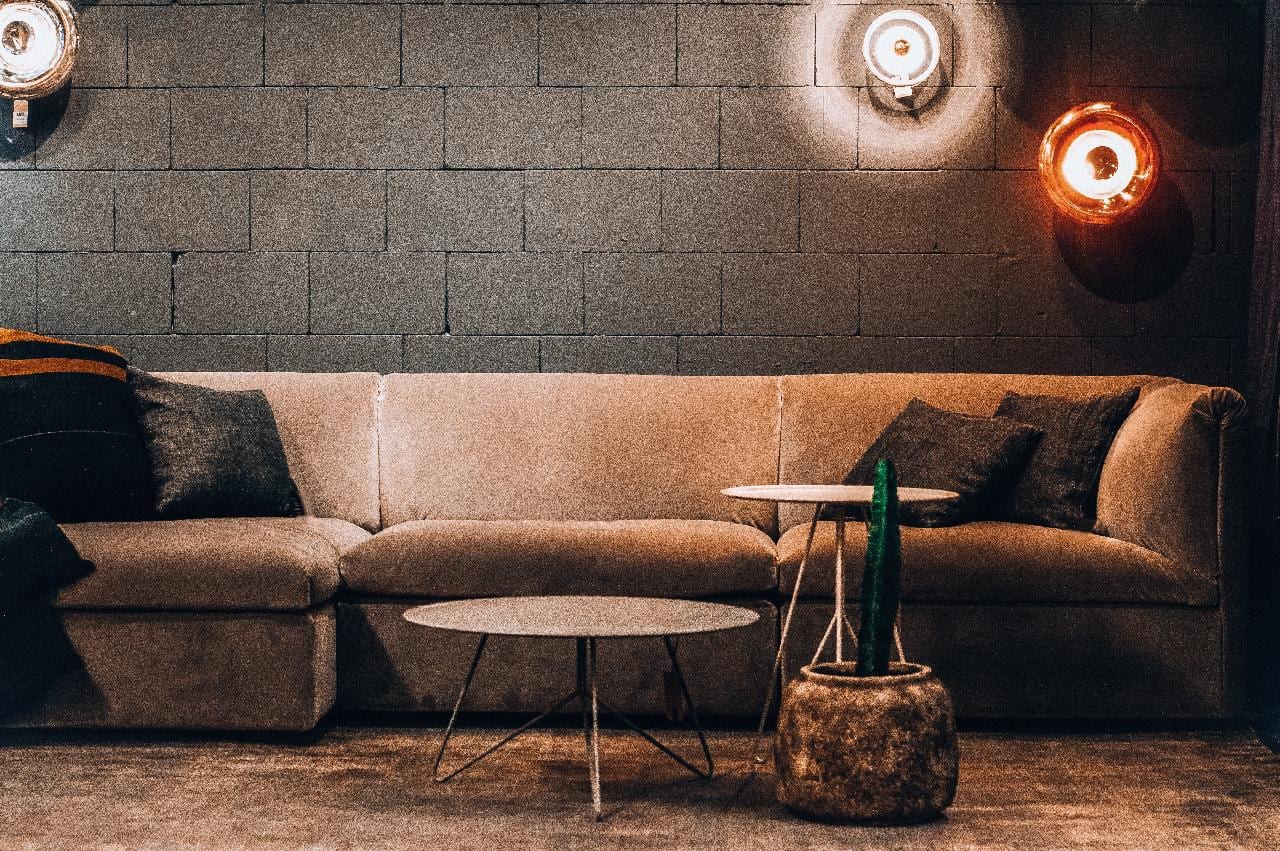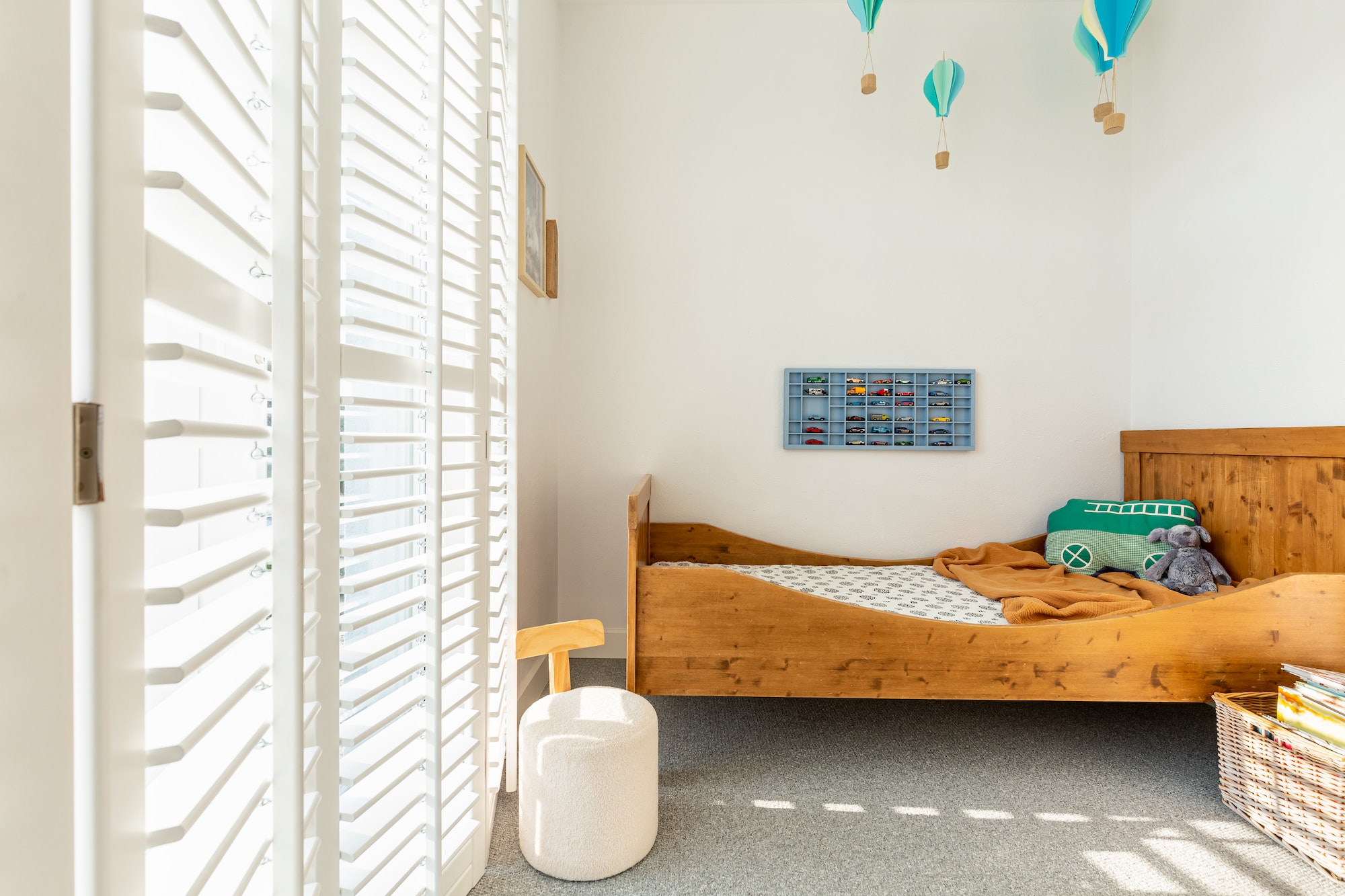The Accent Wall: A Double-Edged Sword in Interior Design
Imagine walking into a room that feels like a visual puzzle, with one wall screaming for attention while the others whisper in harmony. This is the world of accent walls gone wrong. An accent wall, when done right, can be the crowning jewel of a room, drawing the eye to a focal point with elegance and purpose. However, when executed poorly, it can become a design disaster, making the space feel disjointed and chaotic. Let’s dive into the common mistakes that turn what could be a design masterpiece into a mess.
The allure of an accent wall is undeniable. It’s like adding a bold accessory to an outfit – it can elevate the entire look. But, just as a misplaced accessory can ruin an ensemble, a misplaced accent wall can ruin a room. The key to success lies in understanding the delicate balance between drawing attention and creating harmony. In this article, we’ll explore the 15 accent wall accidents that draw attention for all the wrong reasons and how to fix them.
Recent studies emphasize the importance of thoughtful design in creating successful accent walls. According to interior design experts, an accent wall should not only be visually appealing but also serve a purpose, such as highlighting an architectural feature or creating a focal point. A study by VanDerKolk Painting notes that the ideal wall for an accent is typically the first one you see when you enter a room, often referred to as the “focal wall,” and should be free from interruptions like doors or windows.
15 Accent Wall Accidents and How to Fix Them
| # | Accent Wall Accident | Explanation | How to Fix |
|---|---|---|---|
| 1 | Random Placement | Placing an accent wall without a clear purpose or focal point. | Choose a wall that frames a large piece of art, a dramatic headboard, or an architectural element. |
| 2 | Clashing Colors | Using a color that doesn’t complement the room’s palette. | Select a color that enhances the room’s aesthetic without overpowering it. |
| 3 | Overpowering the Room | Making the accent wall too bold or dominant. | Balance the accent wall with other elements in the room to create harmony. |
| 4 | Ignoring Texture | Focusing solely on color without considering texture. | Incorporate texture through wall treatments, drapery panels, or patterned wallpaper. |
| 5 | Not Considering the Room’s Purpose | Adding an accent wall in inappropriate rooms like kitchens or bathrooms. | Reserve accent walls for living rooms, bedrooms, or dining rooms where they can elevate the interior decorating. |
| 6 | Poor Execution | Painting the accent wall first, leading to messy edges. | Paint the accent wall last to cover any spots or splatter from the lighter color paint. |
| 7 | Lack of Drama | Creating an accent wall without enough visual interest. | Add drama with large, bold pieces of art or dramatic furniture. |
| 8 | Highlighting the Wrong Feature | Drawing attention to less appealing architectural elements. | Highlight architectural elements like fireplaces, uniquely shaped windows, or large pieces of artwork. |
| 9 | Not Using Alternative Ideas | Sticking to traditional painted accent walls. | Explore alternative ideas like textural wall treatments, contrast ceilings, or bold colors in small spaces. |
| 10 | Disrupting the Room’s Flow | Placing an accent wall in a way that disrupts the room’s flow. | Ensure the accent wall complements the room’s layout and does not obstruct movement. |
| 11 | Lack of Intention | Creating an accent wall without a clear design intention. | Define the purpose of the accent wall, such as highlighting a specific area or creating a focal point. |
| 12 | Overlooking Architectural Elements | Ignoring existing architectural features that could be highlighted. | Use the accent wall to draw attention to architectural elements like built-ins, range hoods, or fireplaces. |
| 13 | Not Considering the Room’s Size | Adding an accent wall in a very small or very large room without consideration. | In large spaces, use a bold color on a large wall to create interest. In small spaces, use bold colors or patterns in smaller areas like closets or hallways. |
| 14 | Ignoring the Ceiling | Not considering the ceiling as a potential accent area. | Use a contrast ceiling to add cohesion and visual interest to the room. |
| 15 | Lack of Balance | Failing to balance the accent wall with other elements in the room. | Ensure the accent wall complements the room’s overall design and does not overpower it. |
Creating a successful accent wall is a delicate art. It requires a deep understanding of the room’s dynamics and a thoughtful approach to design. By avoiding common mistakes and embracing alternative ideas, you can turn what could be a design disaster into a masterpiece. Remember, the goal of an accent wall is to enhance the room, not to dominate it.
So, the next time you’re tempted to add a bold splash of color to your wall, take a step back and consider the bigger picture. Ask yourself if this accent wall will be the crowning jewel of your room or a visual eyesore. With a little planning and creativity, you can create an accent wall that draws attention for all the right reasons.
Discover more from Futurist Architecture
Subscribe to get the latest posts sent to your email.



